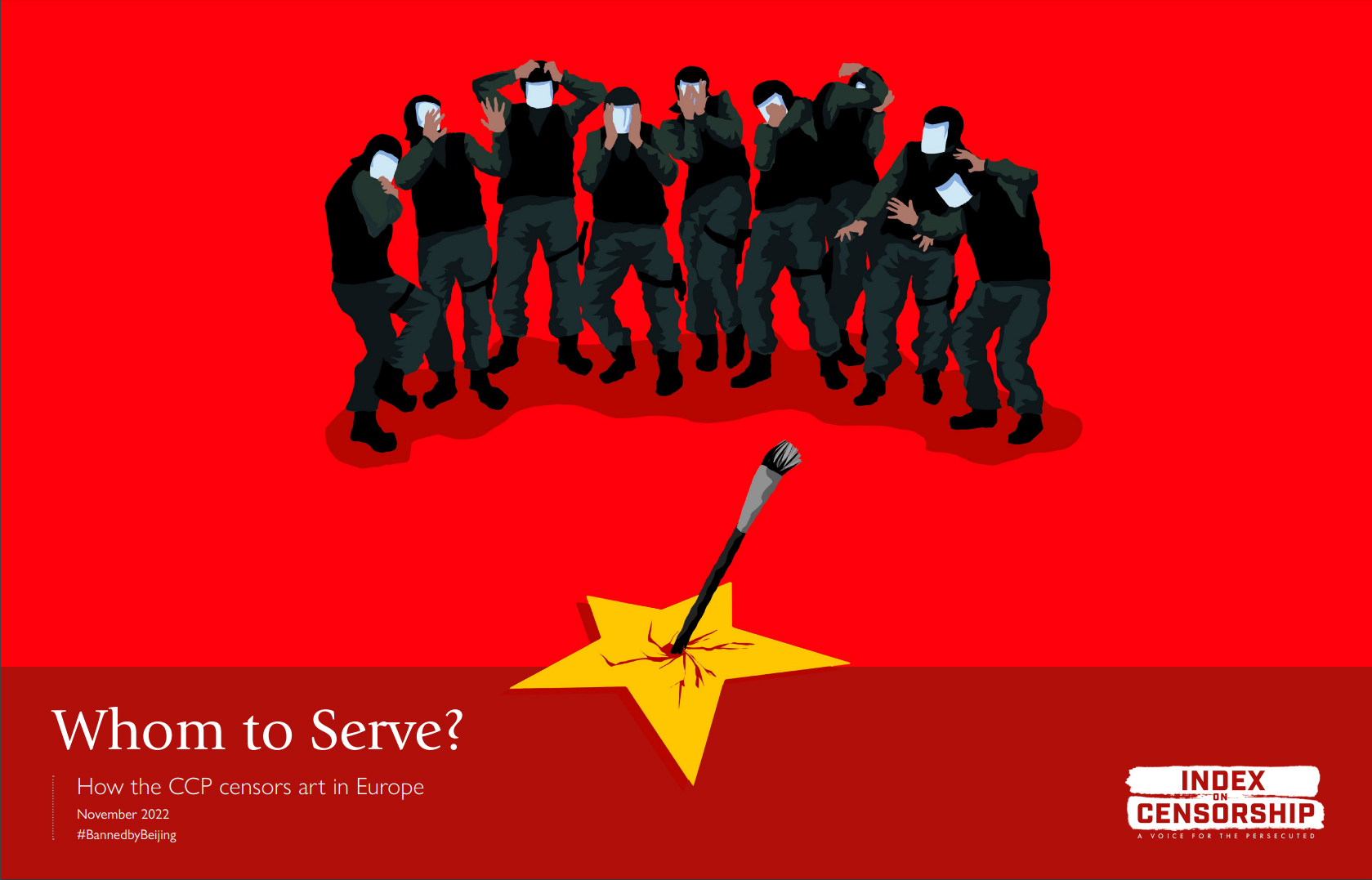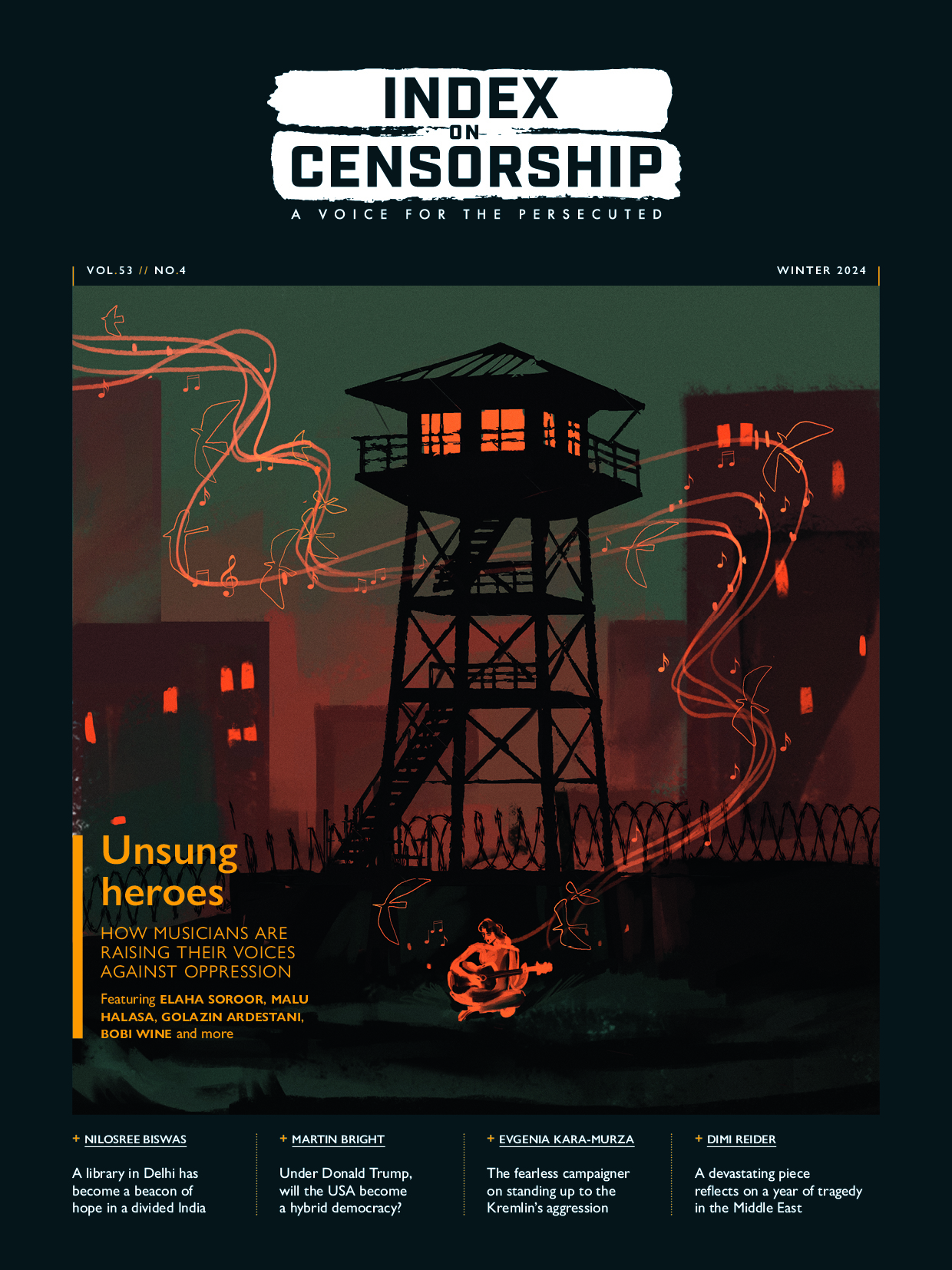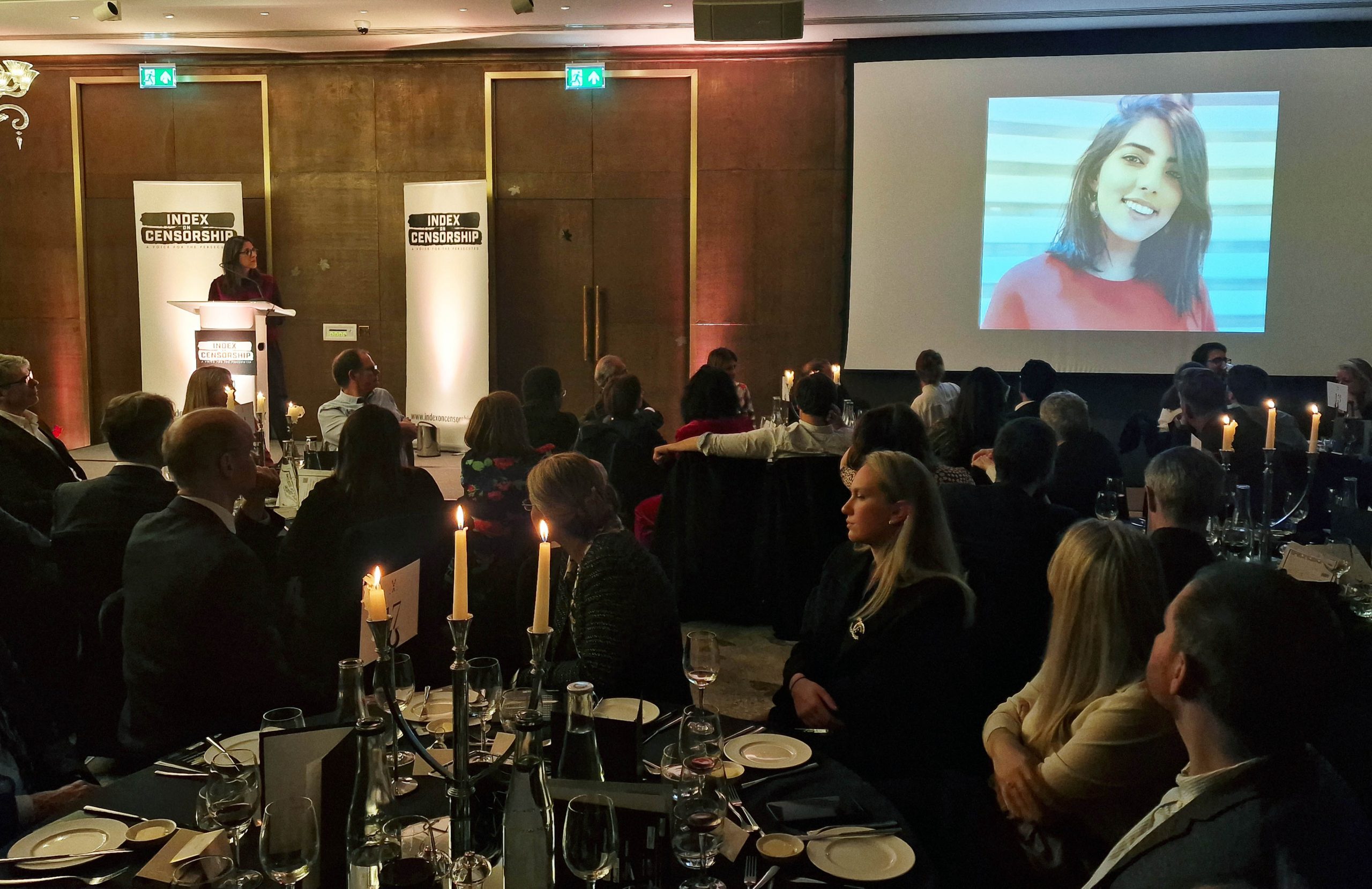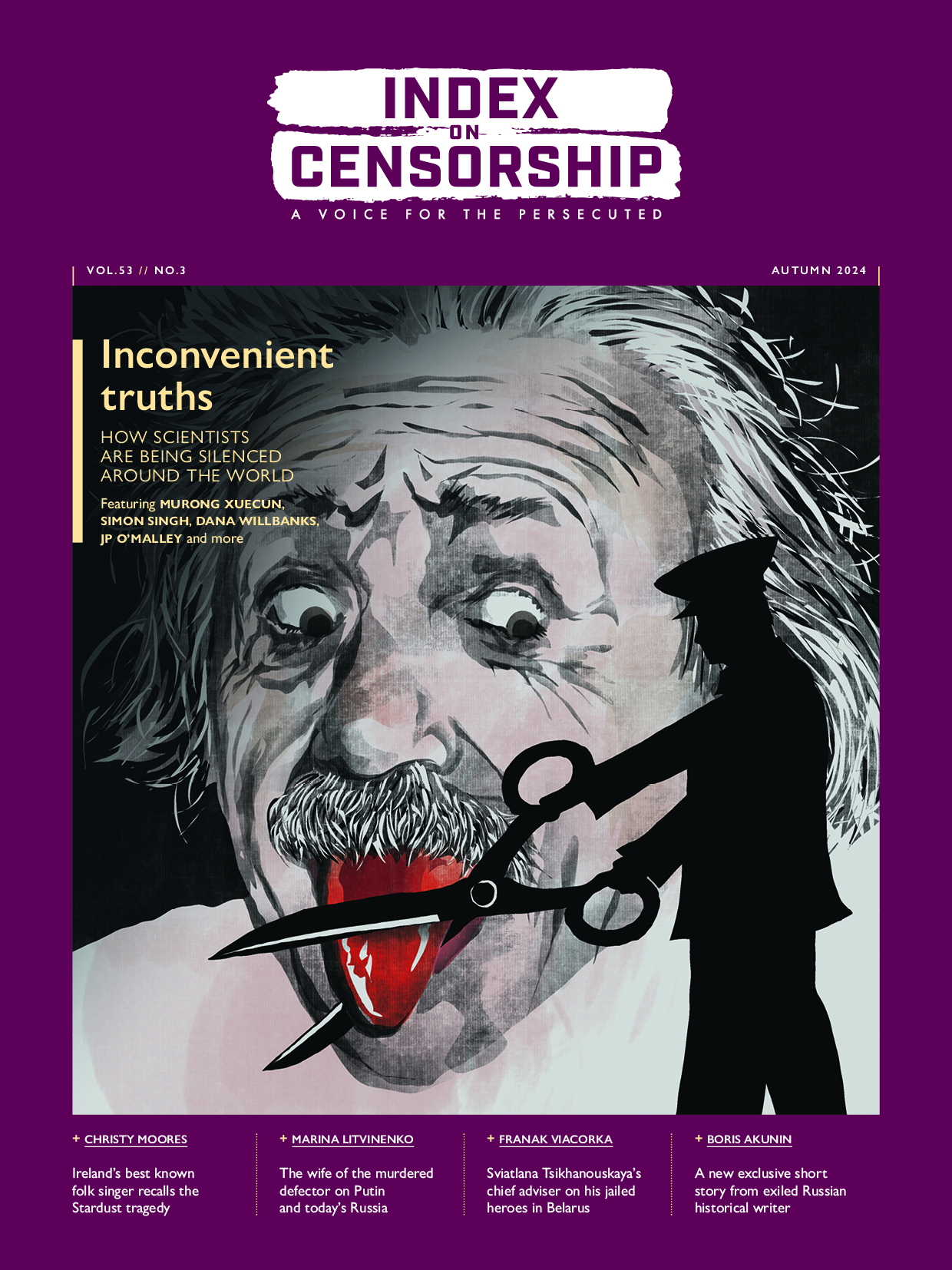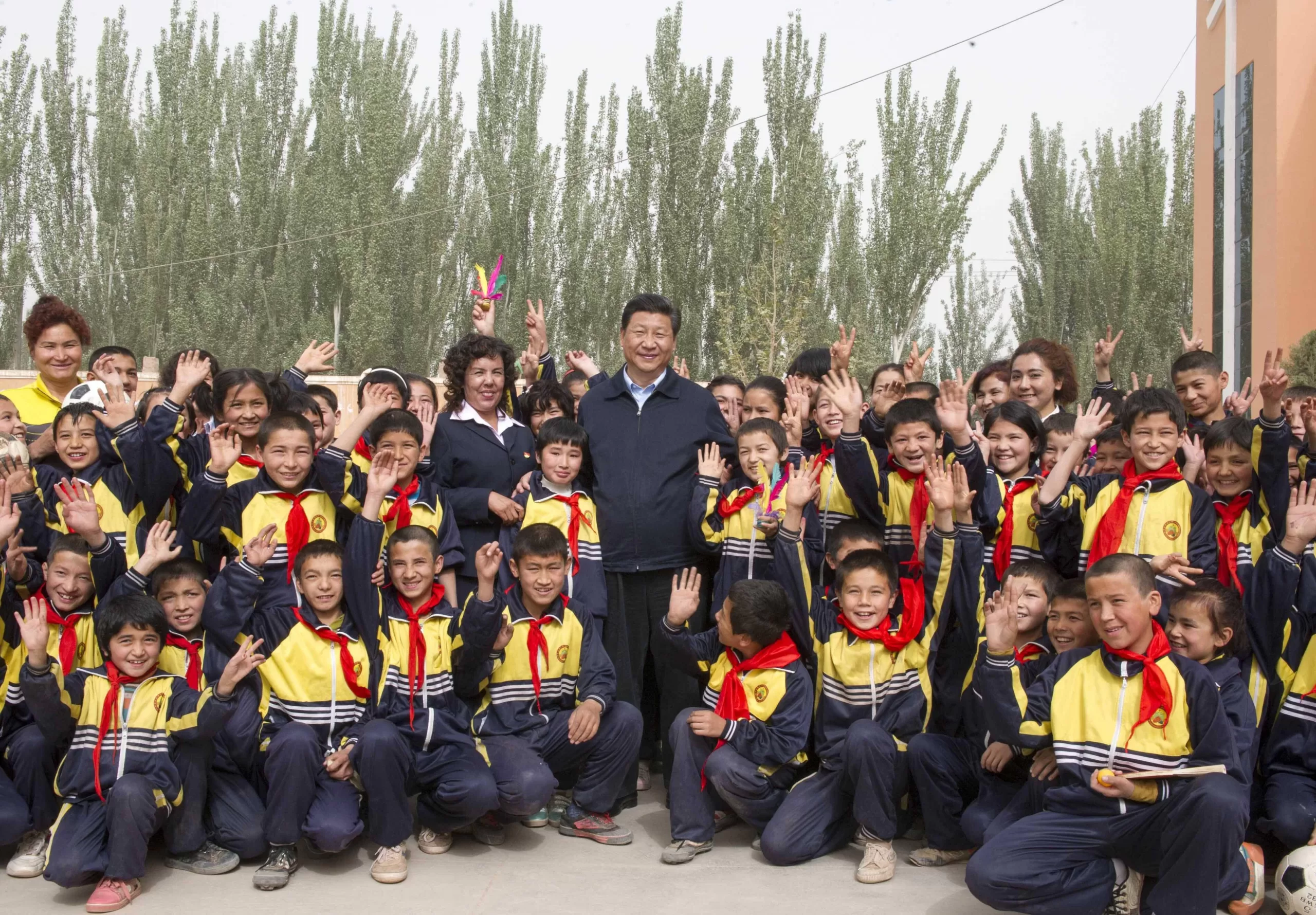“If a painting can overthrow a government, then the government must be very fragile”
- Lumli Lumlong
Since its inception, the Chinese Communist Party (CCP) has sought to exert influence over every component of Chinese society, including the world of art. Art is perceived by the CCP as a tool to legitimise its systems of government, not as an expression of human creativity. This project has taken on global relevance as the CCP has sought to utilise art and culture to counter international criticism on a range of topics including the state’s treatment of Uyghurs and Hong Kong’s independence, and assuage concerns about its growing influence in the world economy and international institutions.
The CCP sees itself as the single arbiter of Chinese culture. By the CCP’s definition, being “Chinese” encapsulates not only Chinese nationals but the entire global diaspora. As a result, even artists living in Europe but originally from mainland China, Tibet, Xinjiang, Hong Kong, Taiwan, and elsewhere can be subject to attempts at censorship if their art does not toe the party line. The tactics used to achieve this goal are diverse: from physical violence and the leveraging of financial ties over European galleries to the threatening of family members. Fear of repercussions for themselves or their families is enough to silence many artists even if they now live in Europe.
The extra-territorial nature of CCP censorship should concern anyone wishing to ensure artistic expression is protected. The perpetual threat of violence against artists and their family members in Europe is a stark reflection of the challenge to freedom of expression that the CCP poses across the world. The ability of the CCP to silence critics and curate conversations about themselves globally is unprecedented.
However, the CCP’s struggle against dissident artists also reflects its weakness. Lumli Lumlong, a Hong Kong painting duo based in the UK, told Index “We really want to expose the cruelty of the CCP. They are fragile, their hearts are made of glass.” While the CCP’s soft power operations in Europe have struggled to influence the artistic landscape in Europe, artists have played a crucial role in raising awareness in Europe of the CCP’s human rights abuses.
To investigate the current state of artistic freedom in Europe, and whether and how the CCP attempts to undermine it, Index on Censorship has submitted over 35 Freedom of Information requests and has conducted interviews with more than 40 artists, curators, academics and experts from 10 European countries. The report demonstrates how art can be used by states to extend the reach of censorship into cities across Europe, while also offering a powerful way for artists to challenge state power.
You can download the report here

